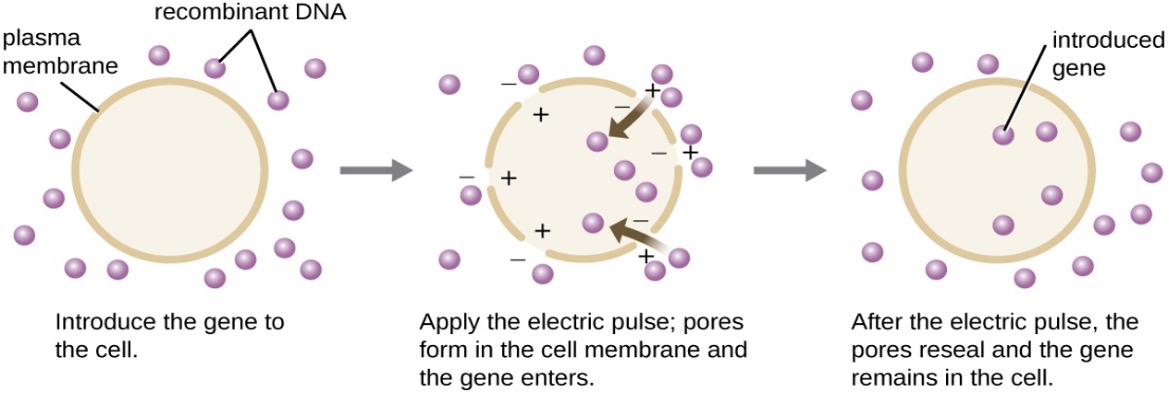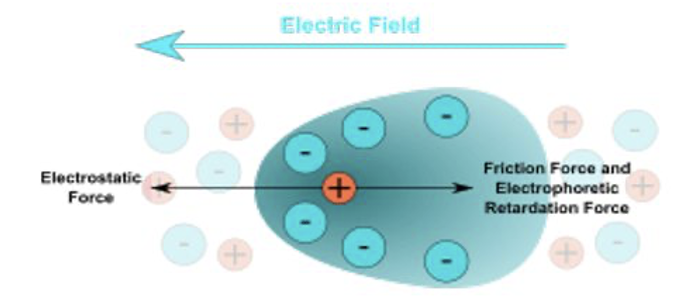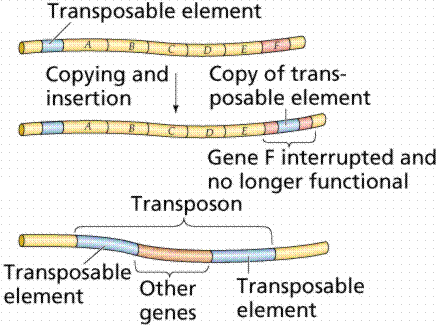🧪 Biotechnology
Important Terms and General applications of biotechnology
- The term ‘biotechnology’ composed of two Greek words, Bios + technologia, in which bios means life and technologia means systematic treatment.
- Biotechnology is applied use of molecular biology and recombinant DNA Technology.
- It is the controlled use of biological agents, such as microorganisms (or) cellular components, for beneficial use.
“Any technological application that uses biological systems, living organisms, or derivatives thereof, to make or modify products or processes for specific use”.
- Biotechnology is the practice of using plants, animals and micro-organisms such as bacteria, as well as biological processes - such as the ripening of fruit or the bacteria that break down compost - to some benefit to human.
- The term ‘Biotechnology’ was coined by
Karl Erekyin 1919. Biotechnology aims to improve genetic makeup, phenotypic performance, and multiplication rates of economic plants; and exploit plant cells for useful product or services. - Biotechnology related to Agriculture is known as Green biotechnology.
- In vitro is a biochemical process or reaction taking place in a test tube (in lab).
- In vivo is a biological process or reaction taking place in a living cell or organism.

DNA ligaseis an enzyme that closes nicks or discontinuities in one strand of double stranded DNA by creating a bond.cDNAis a complementary DNA, a fragment of DNA which has been produced from an RNA sequence by reverse transcription. Messenger RNA is commonly used to synthesize cDNA.- DNA or Genetic fingerprinting is a technique in which an individual DNA is analyzed to reveal the
pattern of repetitionof particular nucleotide sequence throughout the genome. The unique pattern of DNA fragments are identified by Southern hybridization or polymerase. - Double haploids are Individuals derived from haploid gametes and carry two identical chromosomes.
- Microsatellite - DNAs consist of repetitions of extremely short units.
- Electroporation is a technique uses electric discharge to produce
poreson cell membrane for intake of recombinant DNA.

- Electrophoresis is a technique that separates charged molecules (DNA, RNA, proteins) on the basis of relative migration in an appropriate matrix (such as agarose, polyacrylamide) subjected to an electric medium.

- Embryogenesis is a Process of formation of somatic embryos from callus.
- Genetic Transformation: Genetic transformation is the heritable change in a cell or organism brought about by the uptake and establishment of introduced DNA.
- GMO: A Genetically Modified or transgenic plant is a plant that has a novel combination of genetic material obtained through the use of modern biotechnology. A transgenic crop plant contains a gene or genes which have been artificially introduced instead of the plant acquiring them through pollination. These genes are introduced with a view to expressing a novel trait which is not normally found in the given species.
- Hybridization is crossing of two genotypically different plants.
- Somatic hybridization is crossing of plants through fusion of somatic cell.
- Chromomere is a serially aligned beads or granules of eukaryotic chromosome from local coiling of continuous DNA thread.
- Jumping gene or Transposon: A
movablegenetic element. A DNA element which has the ability to move from one chromosome position to another. It can insert at random into plasmids or the bacterial chromosome independently of the host cell recombination system.
General applications of biotechnology
- Medical biotechnology concerns with production of monoclonal antibodies, synthetic vaccines, valuable drugs (insulin, interferon), gene therapy, DNA finger printing, etc.
- Industrial biotechnology concerns with production of ethanol, lactic acid, glycerine, citric acid, acetone, antibiotics (penicillin, streptomycin, erthromycin, mitomycin), enzymes (amylase, protease, lipase), single cell protein, fuel and extraction of minerals.
- Animal biotechnology concerns with production of trangressive animals, test tube babies, human induced super ovulation and embryo splitting, etc.
- Environmental biotechnology concerns with sewage treatment, deodarization of human excreta, degradation of petroleum and other oil spills, detoxification of wastes, bio-control of plant disease and pests.
- Plant biotechnology concerns with embryo culture, clonal multiplication, recovery of virus or pathogen free stock, germplasm conservation, isolation of homozygous lines, isolation of stable somoclonal variants, gene transfer for insect resistant and molecular marker for linkage mapping. In this chapter an over view of plant biotechnology in relevance to tree improvement is described.
- Forest biotechnology is a growing field of study that has many potential benefits for humankind and our environment. Lastly, trees are keystone species in many environments and are necessary for the maintenance of healthy forests and for restoration of damaged ecosystems.
- The term ‘biotechnology’ composed of two Greek words, Bios + technologia, in which bios means life and technologia means systematic treatment.
- Biotechnology is applied use of molecular biology and recombinant DNA Technology.
- It is the controlled use of biological agents, such as microorganisms (or) cellular components, for beneficial use.
“Any technological application that uses biological systems, living organisms, or derivatives thereof, to make or modify products or processes for specific use”.
- Biotechnology is the practice of using plants, animals and micro-organisms such as bacteria, as well as biological processes - such as the ripening of fruit or the bacteria that break down compost - to some benefit to human.
- The term ‘Biotechnology’ was coined by
Karl …